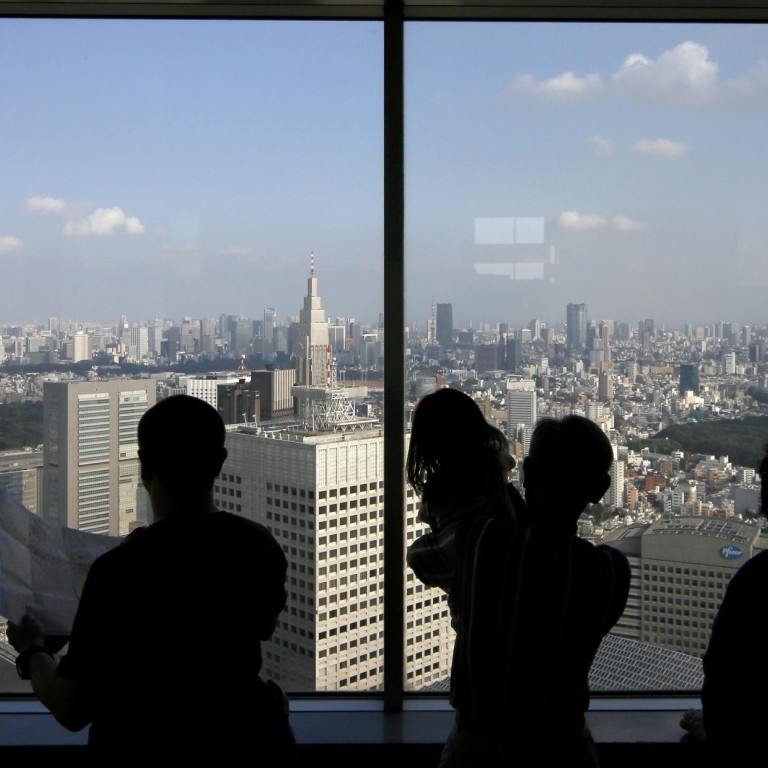
Shifting away from the desk
Organisations are looking more towards non-traditional layouts as mobility and cost factors play a greater role
Cost management remains a consistent theme for most organisations. However, there is a growing shift in focus to deliver competitive advantage and support business growth within the confines of an existing cost base.
How real estate can best support staff productivity now demands more sophisticated discussion. A new discipline of consulting, having emerged in other regions over the past 10 to 15 years, has made its way to Asia, delivering a speciality offering focused on the dynamic alignment of an organisation's work patterns with the physical environment, enabling peak performance, response to market changes and cost reduction.
Originally led by companies in the West, thinking around non-traditional workplace strategy principles was first embraced by multinational consulting and technology firms in the 1990s.
When asked about prior experiences with alternative approaches to office design and operations, most managers confirm past experience with some form of non-traditional layout, be it open-plan, bench seating, hot desking, remote working or non-assigned seating designs, from prior out-of-region employment.
The most visible aspect of this change is the ability to work anywhere at any time
In the Asia-Pacific, the demand for workplace strategy services is being led by multinationals - mostly in the financial services and information technology sectors - although many firms that have implemented alternative workplace strategy in their home markets have yet to do so in this region.
Extended workhours and presentee-ism in Hong Kong suggest the office is an important factor in how and where we work.
Utilisation studies conducted across one company operating out of numerous hubs showed different results (percentage of staff frequently within the office) across the region.
In general, more people are in the office more often in Hong Kong compared with staff operating in other major cities within the region, including Singapore (CBRE studies show an average of up to 20 per cent higher utilisation of the office in Hong Kong than Singapore).
For Hong Kong, to drive further value in corporate real estate, we need to progress beyond the concepts of the traditional office. Old benchmarks, such as square feet per person, used to gauge efficiency of space utilisation have driven the "pack and rack" solutions commonplace in corporate Hong Kong, with many organisations operating within regional density averages of 90 to 130 sq ft per desk.
With little opportunity left to further capture latent vacancy and emptiness, some multinationals are starting to look towards more dynamic operating solutions that instead challenge personal desk ownership.
Redefining the measure of spatial efficiency and setting targets that aim to increase the numbers of "staff accommodated" per square metre, these new solutions have been developed to capture underutilised space and support business growth without an increase in footprint or compromise to the quality of spatial performance.
The introduction of technology that promotes mobility and visual connectivity is creating a profound impact. The most visible aspect of this change is the ability to work anywhere at any time.
Opportunities for staff mobility (within and beyond the office) will drive organisations to restructure roles and processes and challenge the traditional command-and-control management style, underpinned by the myth that staff must be visibly in the office to do meaningful work.
Ironically, as regional hubs, many organisations embrace managing a distributed workforce regionally but not when managing domestic teams.
New approaches to office layout can incorporate lessons learned and can be applied in open-plan environments.
Although delivering on the opportunity for teams to collaborate, interact and share knowledge, we see the pendulum swinging the other way as spaces to focus, work uninterrupted or be on a conference call without disturbing others are being reintroduced into office design.
New thinking about workplace design embraces such concepts as choice of setting, dual function and variety, and leverages the fact that the desk is not a satisfactory all-encompassing means of supporting daily work.
The future office will need to support the requirements of a multicultural workforce through providing much greater diversity of settings - all carefully established through a robust process of understanding work practices and behaviours.
Recent office design shows a trend towards the incorporation of multiple space types and an increase in the amount of meeting and collaboration spaces, while delivering on the benefit of a 20 to 30 per cent savings in space or alternatively catering for staff growth of up to 30 per cent.
Traditional settings, including meeting rooms and workstations remain necessary, but new work areas such as team-based work settings, sit-to-stand settings, quiet rooms and video/phone rooms need to be considered to provide quality of space.
Over time, leaders will begin to see value beyond the need to accommodate their staff and begin to consider the workplace as a strategic asset that can help change behaviour and drive better business performance.

